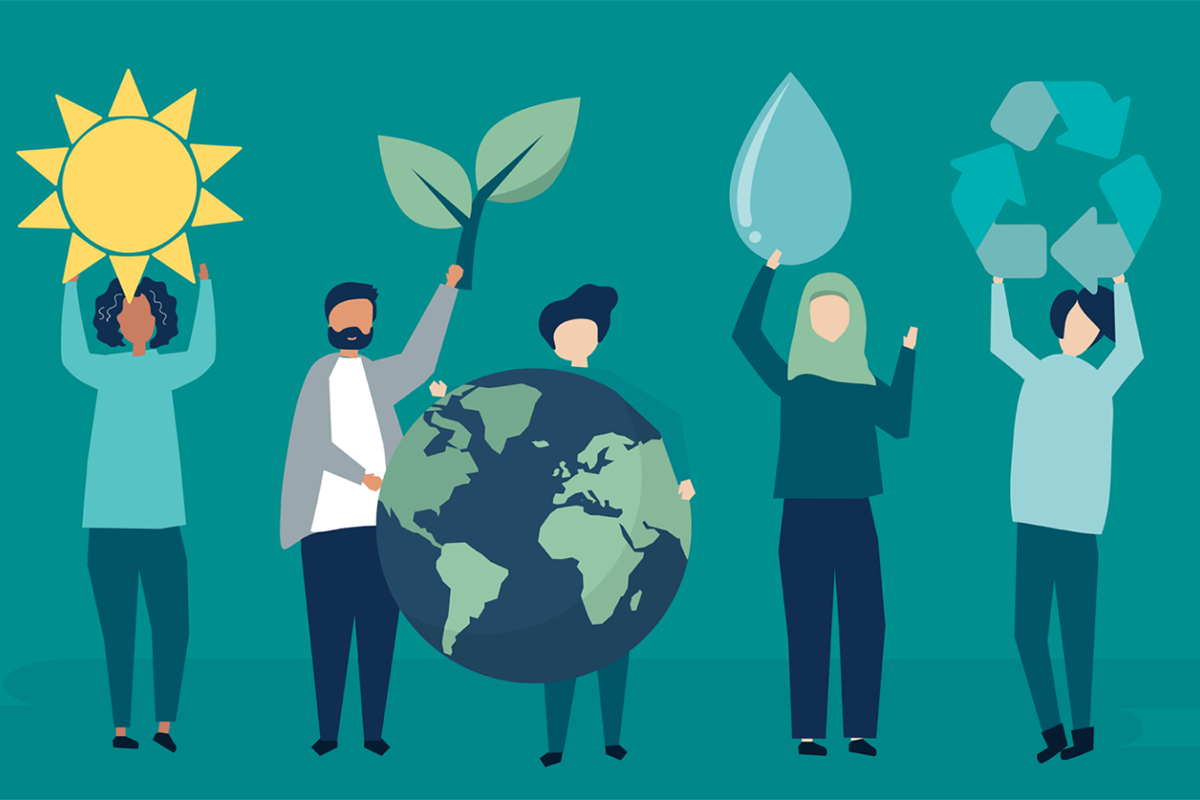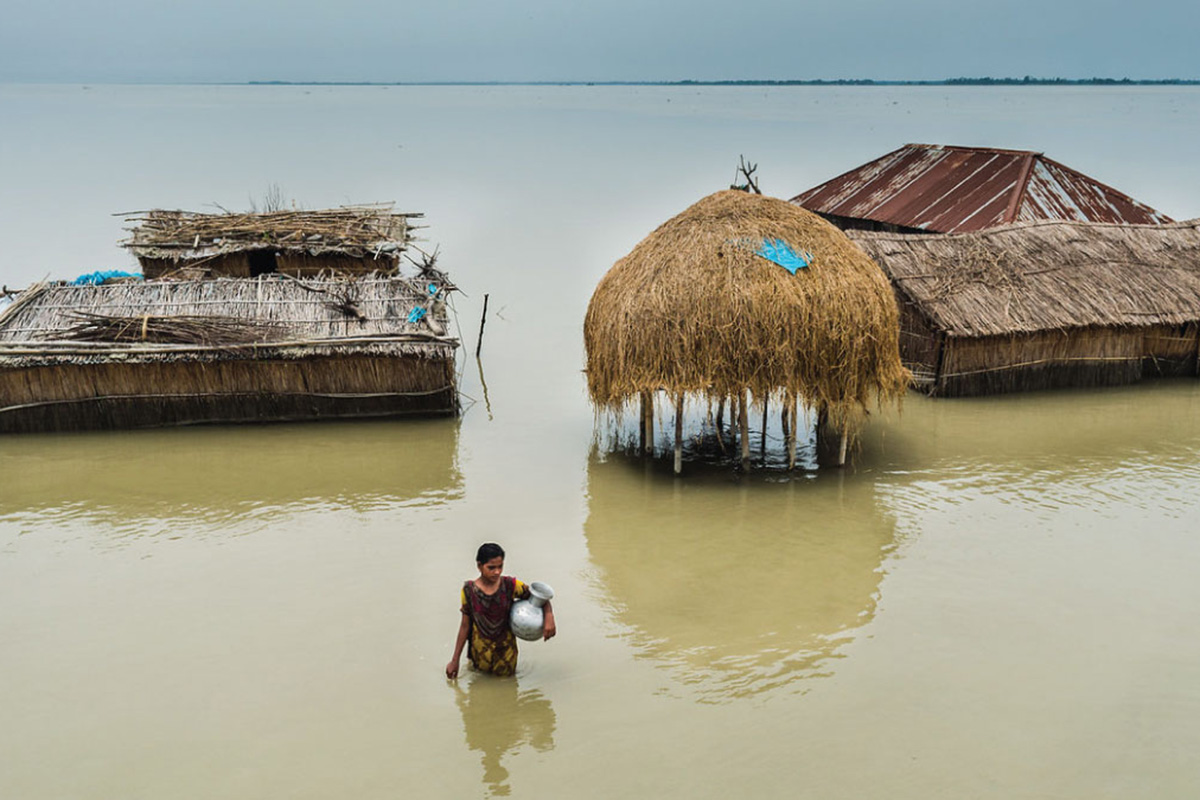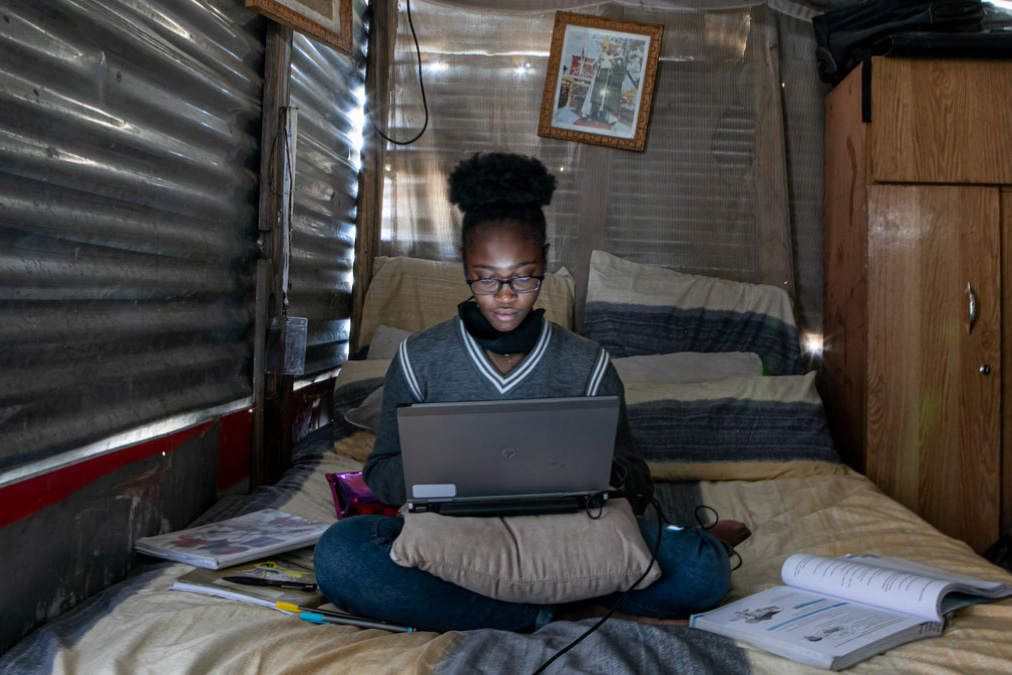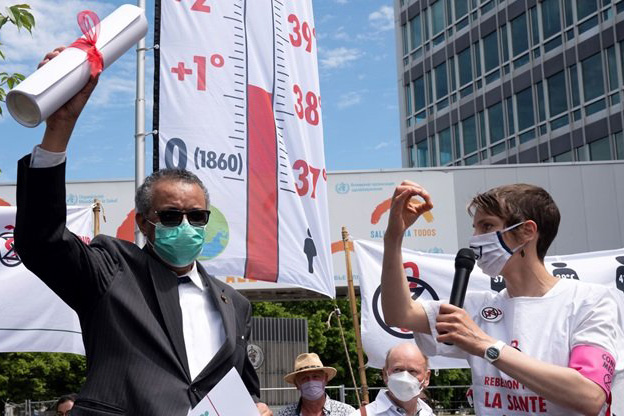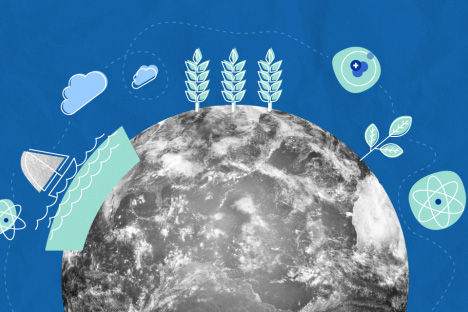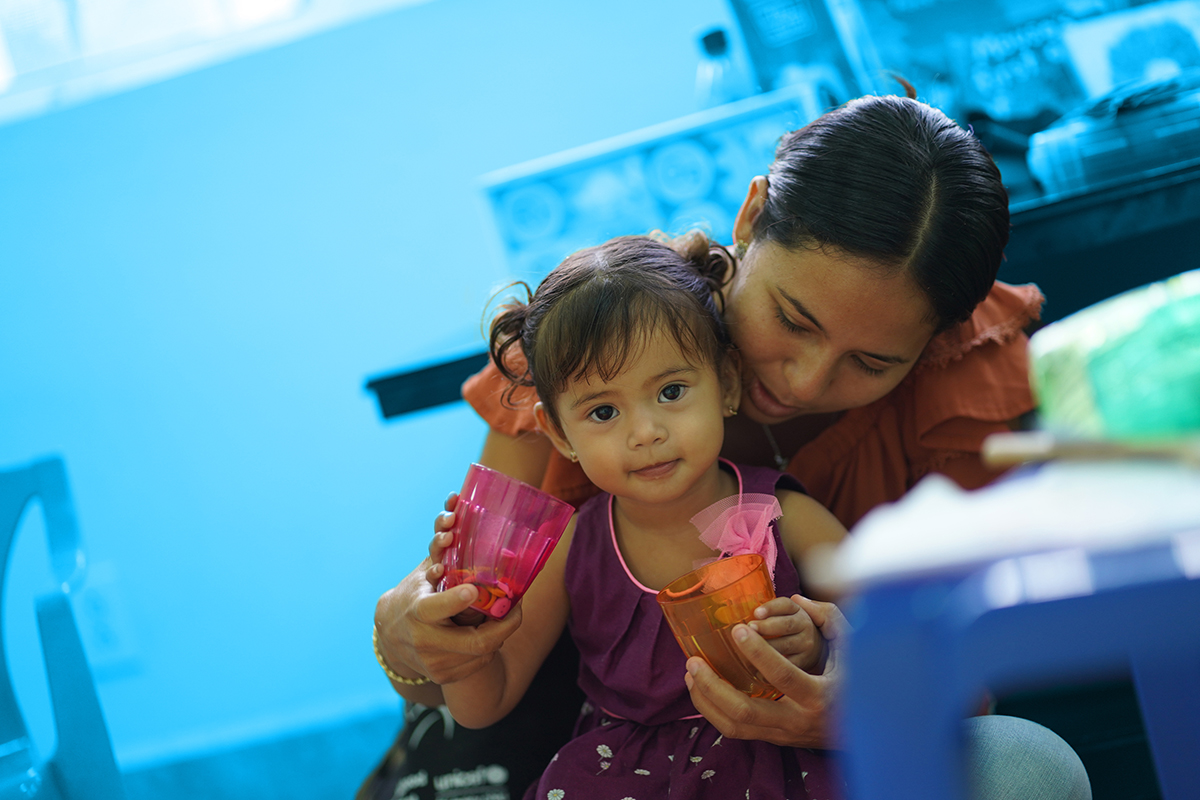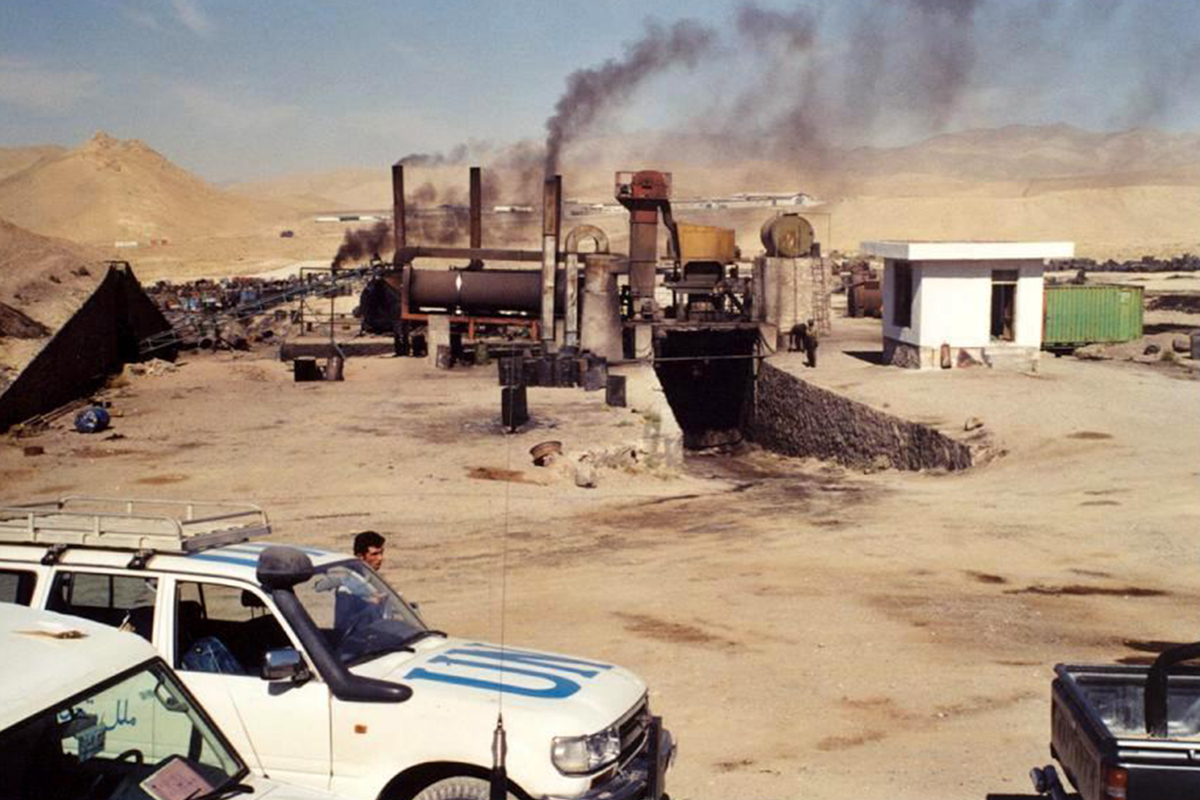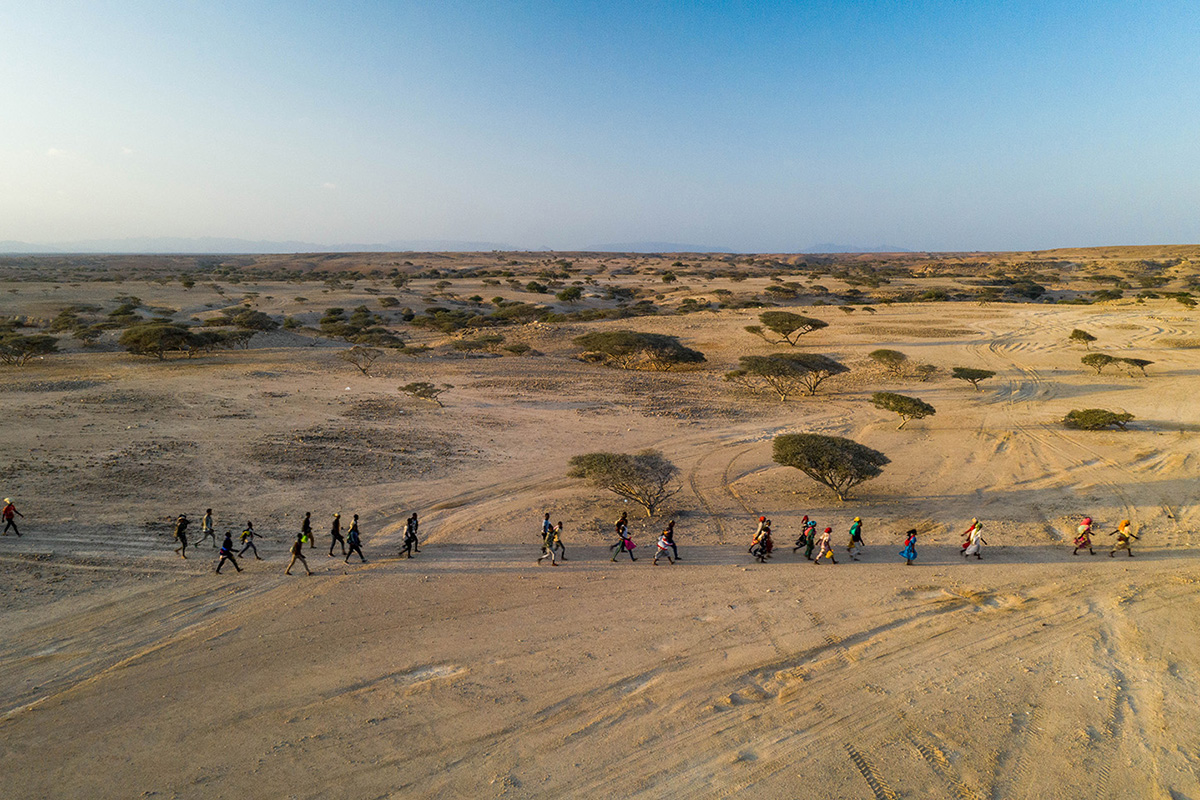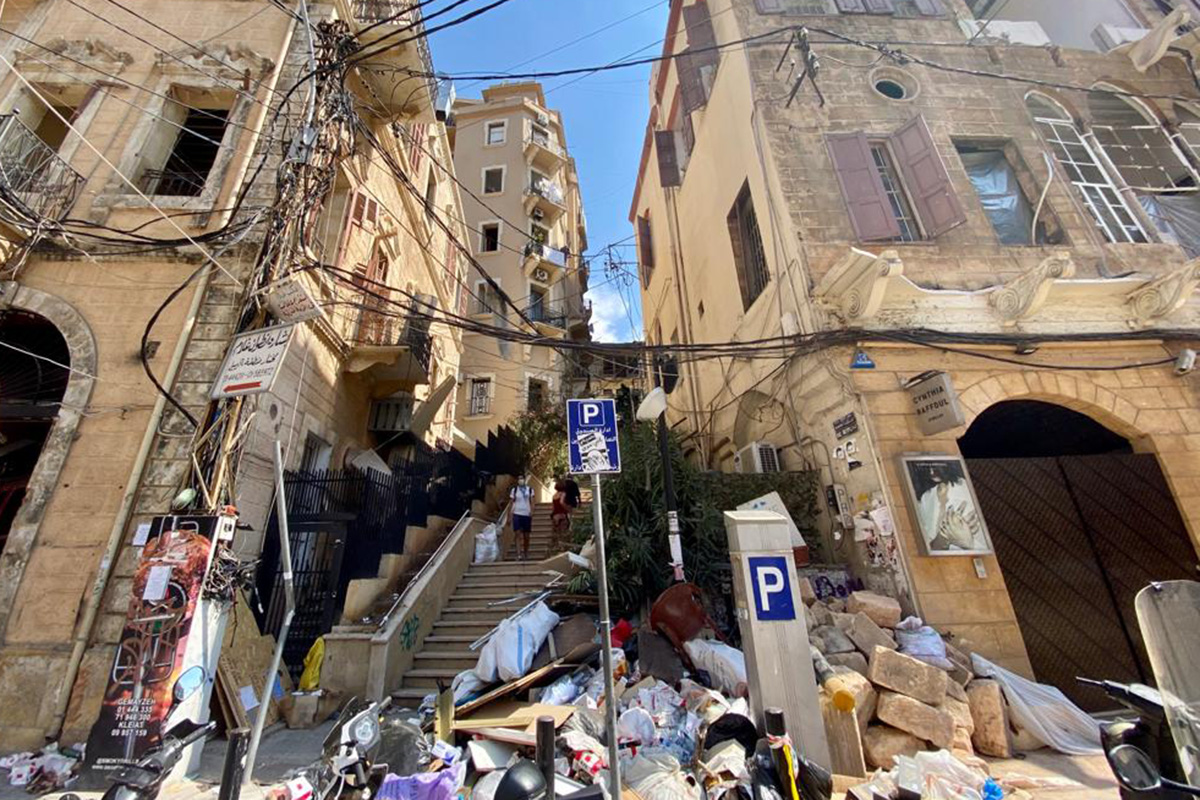New reports published ahead of the COP26 climate summit show that even though decision-making and technical panels under UN Climate Change (known as “constituted bodies”) are increasingly integrating a gender perspective into their work, male overrepresentation in government delegations persists. Equal and meaningful participation and leadership of women is vital to achieve climate goals. While women and girls around the world are demanding more climate action and have received increasing recognition for their leadership, women’s voices are not yet equally represented.
UNCTAD’s Trade and Development Report 2021 outlines reforms of the international financial system to get more climate adaptation funds flowing to developing countries. Released ahead of the COP26 climate summit, the report calls for a transformative approach to climate adaptation, with advanced economies ensuring that multilateral institutions can support developing countries to manage the changing climate. Estimates indicate that annual climate adaptation costs in developing countries could reach $300 billion in 2030, yet current funding is less than a quarter of that figure.
The data-driven digital economy is surging according to UNCTAD’s Digital Economy Report 2021. Yet, large power imbalances remain as major platforms reinforce their positions in the data value chain.
Countries must set ambitious climate commitments if they are to sustain a healthy and green recovery from the COVID-19 pandemic. The WHO COP26 Special Report on Climate Change and Health, in the lead-up to COP26, spells out the global health community’s prescription for climate action based on research that establishes the many and inseparable links between climate and health. The report is launched at the same time as an open letter, signed by over two thirds of the global health workforce calling for countries to step up climate action.
The COVID-19 pandemic is a stark reminder that poverty isn’t just about income. Within and across countries, poor and marginalized communities are disproportionately affected by the pandemic in terms of infection rates, economic losses and access to vaccines and other health care imperatives. Understanding the multidimensional nature of poverty can help us design a more resilient recovery that leaves no one behind. And UNDP’s Multidimensional Poverty Index (MPI) gives us a critical tool to measure and monitor poverty in all its forms.
Nuclear and isotopic techniques can help us to better understand the world we live in. The data IAEA gathers with these techniques can lead to improved, science-based policy making, including in relation to climate change. We can study both land and water systems using various nuclear techniques to evaluate the effects of climate change on the environment. The IAEA uses nuclear science and technology to help countries monitor, mitigate and adapt to climate change. It gives guidance on how to preserve and restore the environment.
The COVID-19 pandemic has raised concerns about the mental health of a generation of children. But the pandemic may represent the tip of a mental health iceberg – an iceberg we have ignored for far too long. The State of the World’s Children 2021 examines child, adolescent and caregiver mental health. It focuses on risks and protective factors at critical moments in the life course and delves into the social determinants that shape mental health and well-being. It calls for commitment, communication and action as part of a comprehensive approach to promote good mental health for every child.
UN-Habitat renews its commitment to furthering the implementation of the SDGs by offering governments practical expertise in urban internal displacement contexts and in durable solutions.
A recent IOM report calls to urgently improve support for tens of thousands of missing migrant families who are often forced to rely on smugglers and informal networks in tracing loved ones.
Developing productive capacities in least developed countries (LDCs) is necessary for boosting their response to and recover from crises such as COVID-19, according to a recent UNCTAD report.
The first UNEP Global Assessment of Air Pollution Legislation presents the findings of a study of air quality legislation in more than 194 countries. Using the Air Quality Guidelines developed by WHO, the report examines the legal measures for determining whether air quality standards are being met and what legal standards exist for failure to meet them. The Assessment provides recommendations to assist countries in strengthening air quality governance and serves as a resource for countries wishing to effectively address air pollution and contribute to the achievement of the SDGs.
The COVID-19 pandemic has served as a wakeup call. With the climate crisis also looming, we are at an inflection point in history. Humanity faces a stark and urgent choice: breakdown or breakthrough. The choices we make today could result in further breakdown and a future of perpetual crises. Conversely, we aim for a breakthrough to a better, more sustainable, peaceful future for our people and planet. Our Common Agenda is an agenda of action, designed to strengthen and accelerate multilateral agreements – particularly the 2030 Agenda – and make a tangible difference in people’s lives.
Ethiopian men make up 72 per cent of movements of migrants heading to Djibouti, but IOM is observing a higher number of unaccompanied migrant children taking this dangerous journey.
According to a UN-Habitat assessment one year after the Beirut Port explosion, 130 of 175 buildings within two kilometres of the explosion’s epicentre have been rehabilitated.

